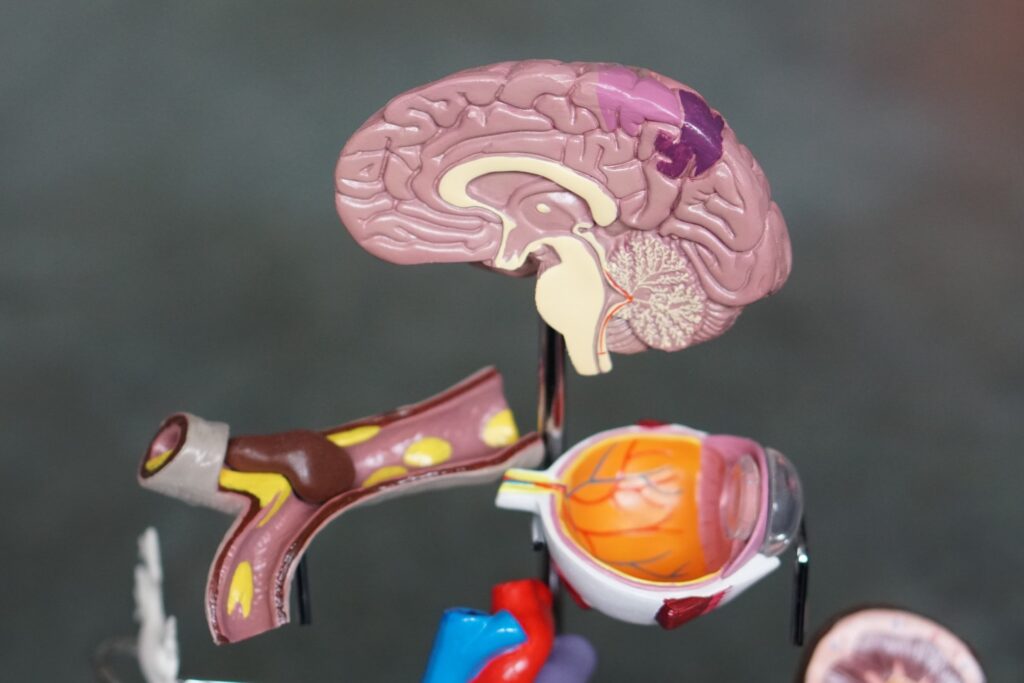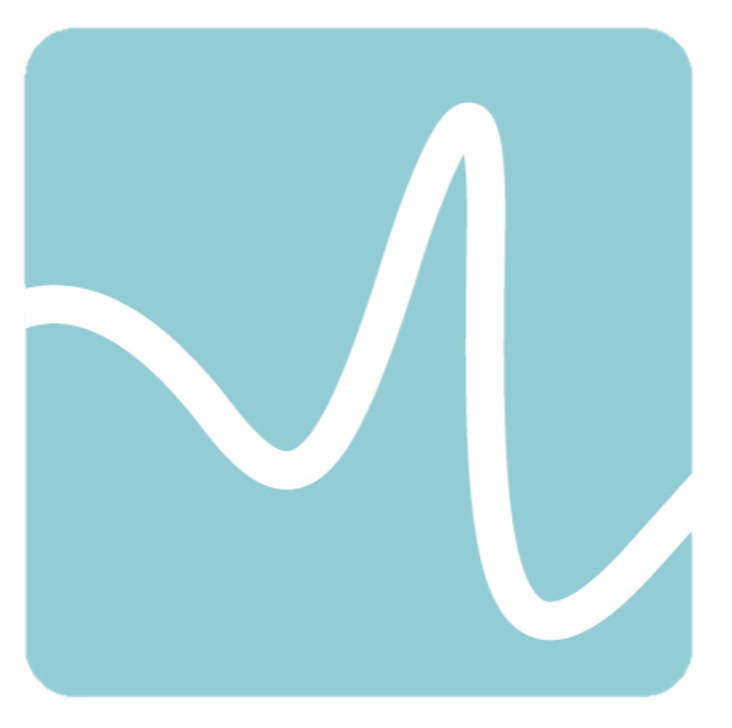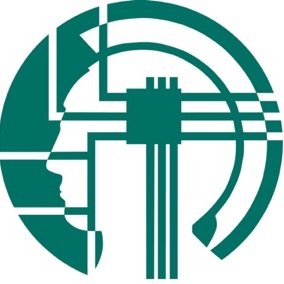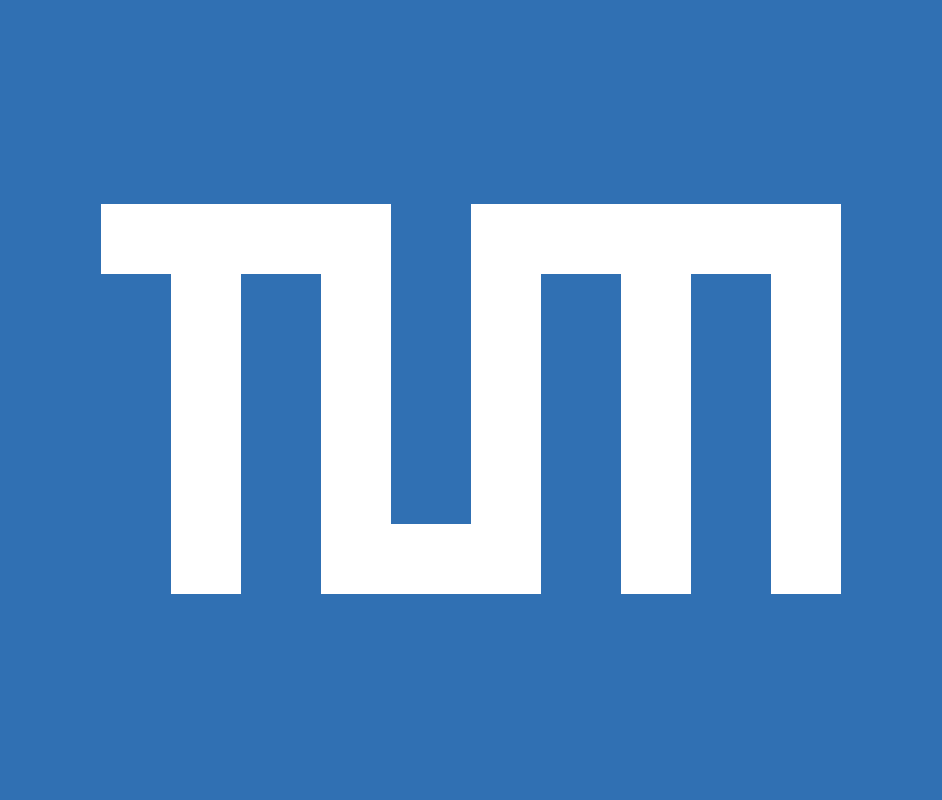Circadian Visual Neuroscience

Light influences our physiology and behaviour. For example, exposure to light at night can suppress the production of the hormone melatonin and shift our endogenous circadian rhythm. These “non-visual” effects of light are mediated by a pathway connecting the eye – and specifically, a subset of blue-sensitive retinal ganglion cells – to the hypothalamus. Combining methods from vision science with chronobiology, our work focuses on understanding what the eye tells the brain – beyond seeing.
The module Circadian Visual Neuroscience is led by Prof. Dr. Manuel Spitschan. Dr. Spitschan leads the Max Planck Research Group Translational Sensory and Circadian Neuroscience at the Max Planck Institute for Biological Cybernetics in Tuebingen, Germany, and holds a Rudolf Moessbauer Professorship in Chronobiology & Health at the Technical University of Munich.








